Optimal Timing for Foundation Repairs
Understanding the optimal timing for foundation repairs is essential for ensuring effective and long-lasting results. The best time to undertake foundation repairs typically depends on weather conditions, soil stability, and the severity of foundation issues. Generally, dry and moderate weather conditions are ideal, as they minimize the risk of further soil movement and allow for proper curing of repair materials.
This period offers moderate temperatures and stable soil conditions, making it suitable for foundation repairs. Avoiding extreme heat or heavy rain can improve repair outcomes.
Late summer provides warm weather and generally dry conditions, which can facilitate foundation work. However, increased rainfall in early fall should be considered.
Cold temperatures and freezing conditions can hinder repair processes and cause additional soil movement. Heavy rain can delay repairs and compromise their effectiveness.

Spring offers ideal conditions for foundation work with moderate weather and minimal soil disturbance.
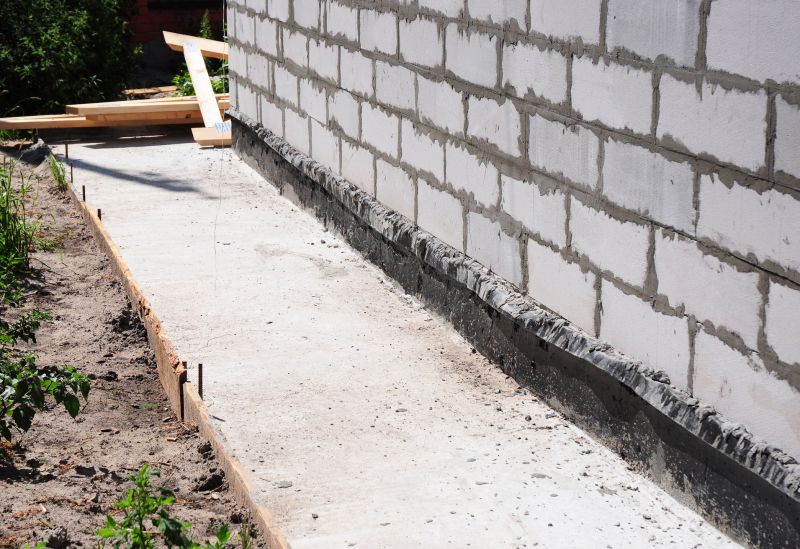
Summer provides warm, dry weather conducive to effective foundation repairs.
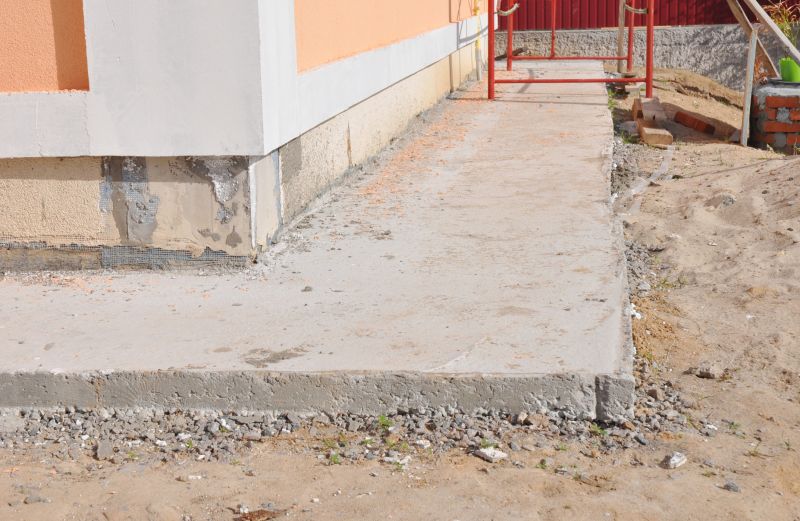
Early fall can be suitable, but increased rainfall requires planning for weather delays.
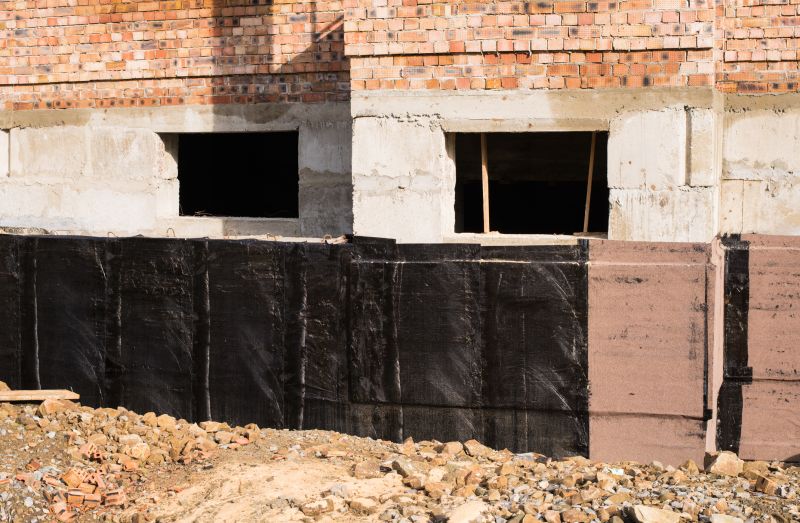
Winter is generally not recommended due to freezing temperatures and soil conditions.
| Season | Ideal Conditions |
|---|---|
| Spring | Moderate temperatures, dry soil, minimal rain |
| Summer | Warm, dry weather, stable soil |
| Fall | Early fall suitable, watch for rain delays |
| Winter | Cold, freezing temperatures, soil movement |
Foundation repairs are critical for maintaining structural integrity and preventing further damage. Issues such as cracking, uneven floors, and settling can indicate underlying problems that require prompt attention. Repair methods may include underpinning, piering, or soil stabilization, each suited to different types of foundation issues. Proper timing ensures these methods are most effective, reducing the likelihood of recurring problems and costly future repairs.
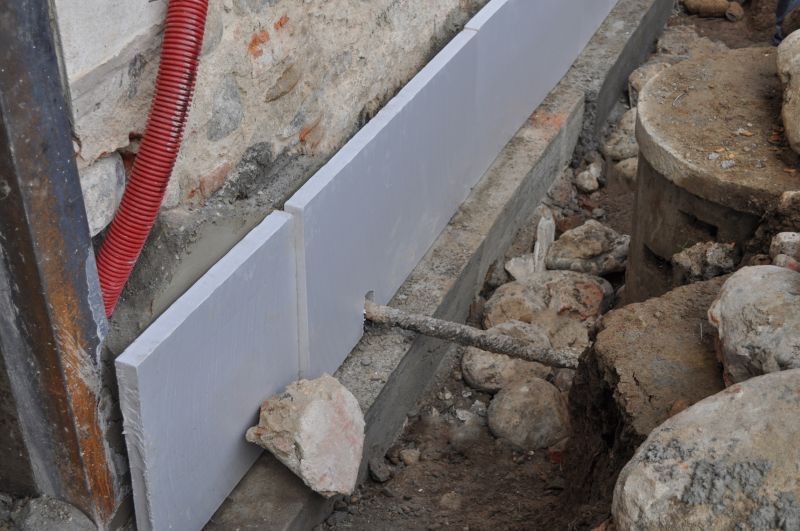
A detailed process involving assessment, stabilization, and reinforcement to restore foundation stability.
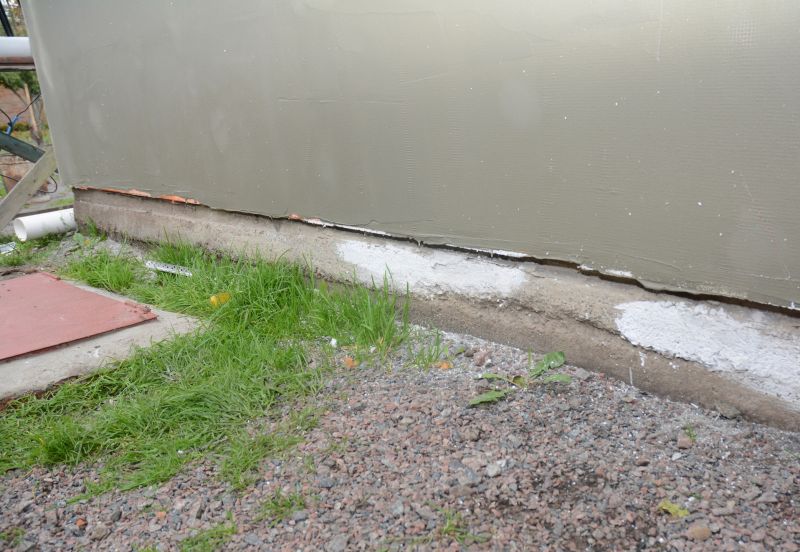
Visual evidence of foundation repair effectiveness and structural improvement.
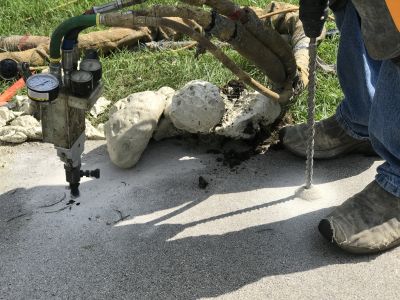
Specialized tools and machinery used in foundation stabilization.

Techniques for sealing and reinforcing cracks to prevent further damage.
Timely foundation repairs are essential for preserving property value and safety. Recognizing the appropriate season and weather conditions can lead to more efficient repairs and durable results. If foundation issues are suspected, consulting with a foundation specialist can provide tailored solutions and guidance on the best time to proceed with repairs.
Cracks in walls or floors, uneven flooring, and sticking doors or windows may indicate foundation issues.
Addressing foundation problems early can prevent extensive damage and costly repairs later.
Different issues require specific approaches, including underpinning, soil stabilization, or piering.


